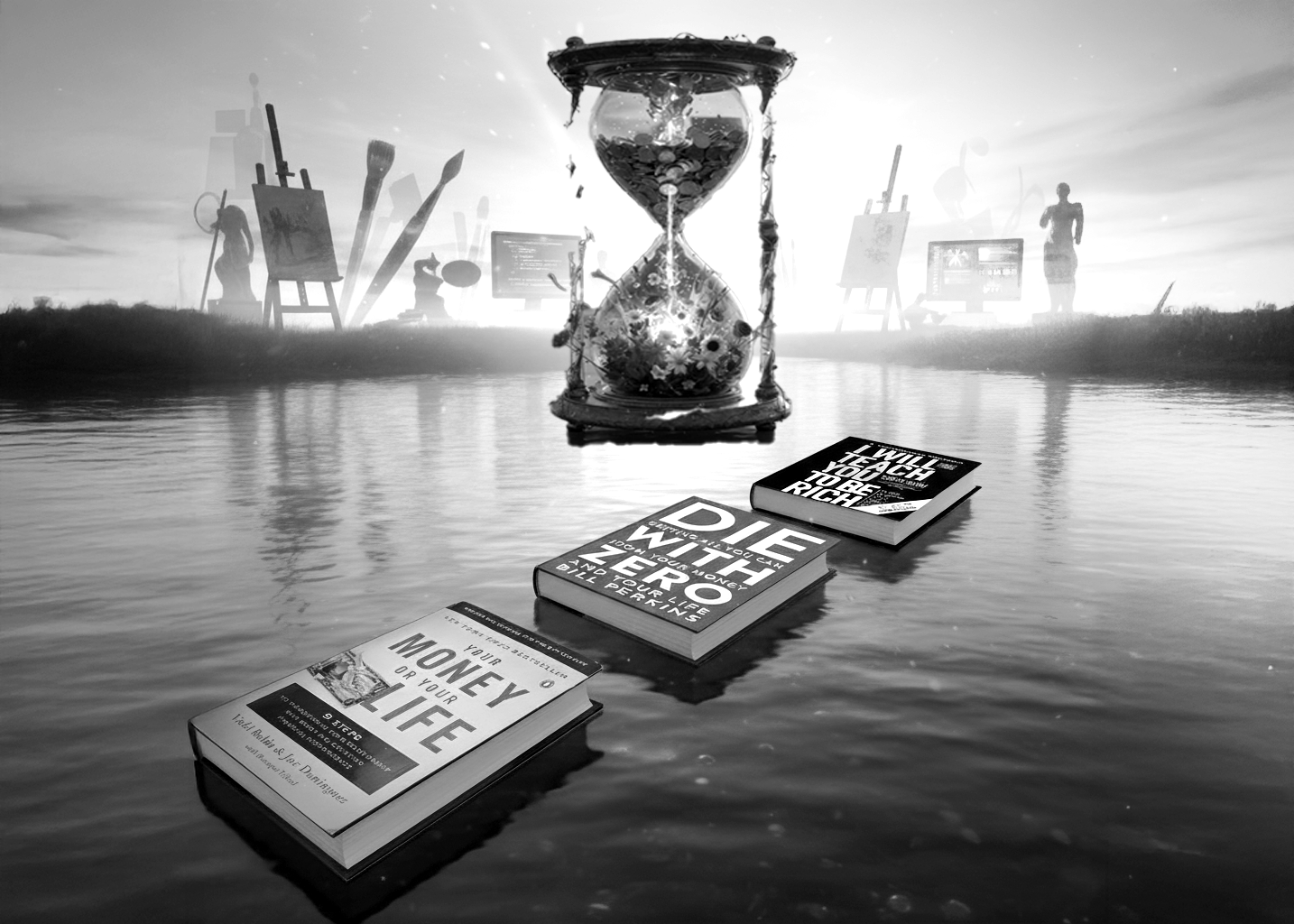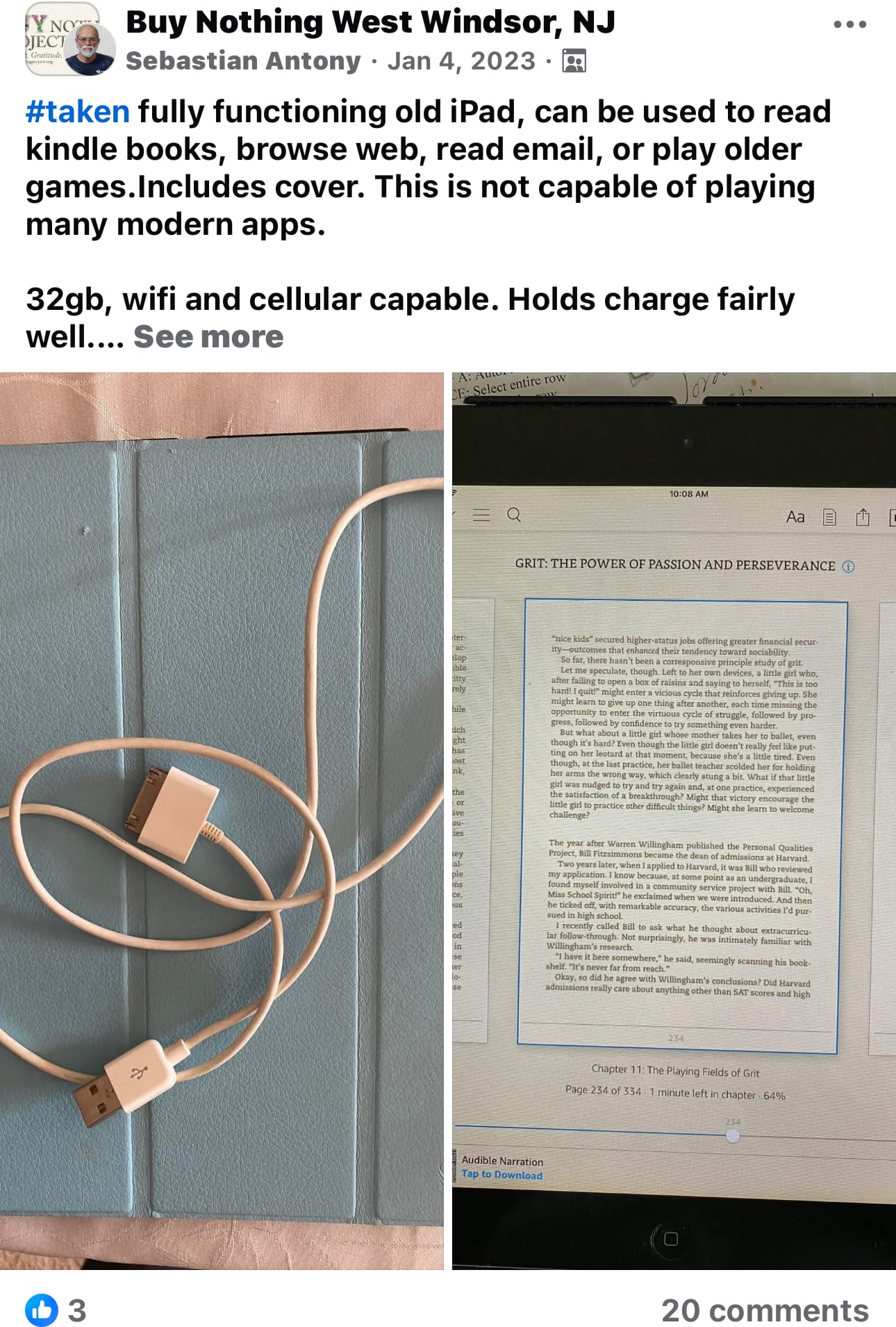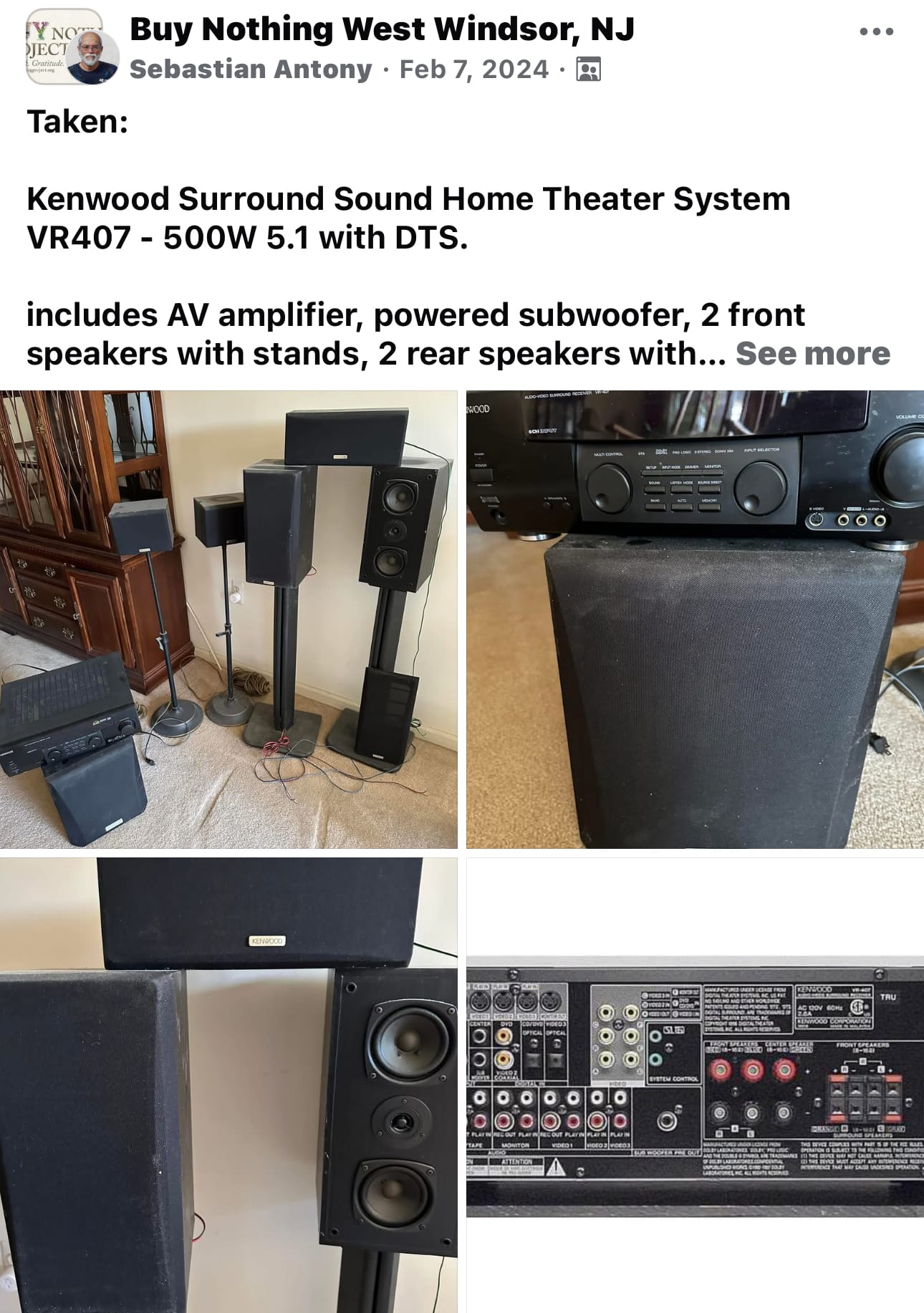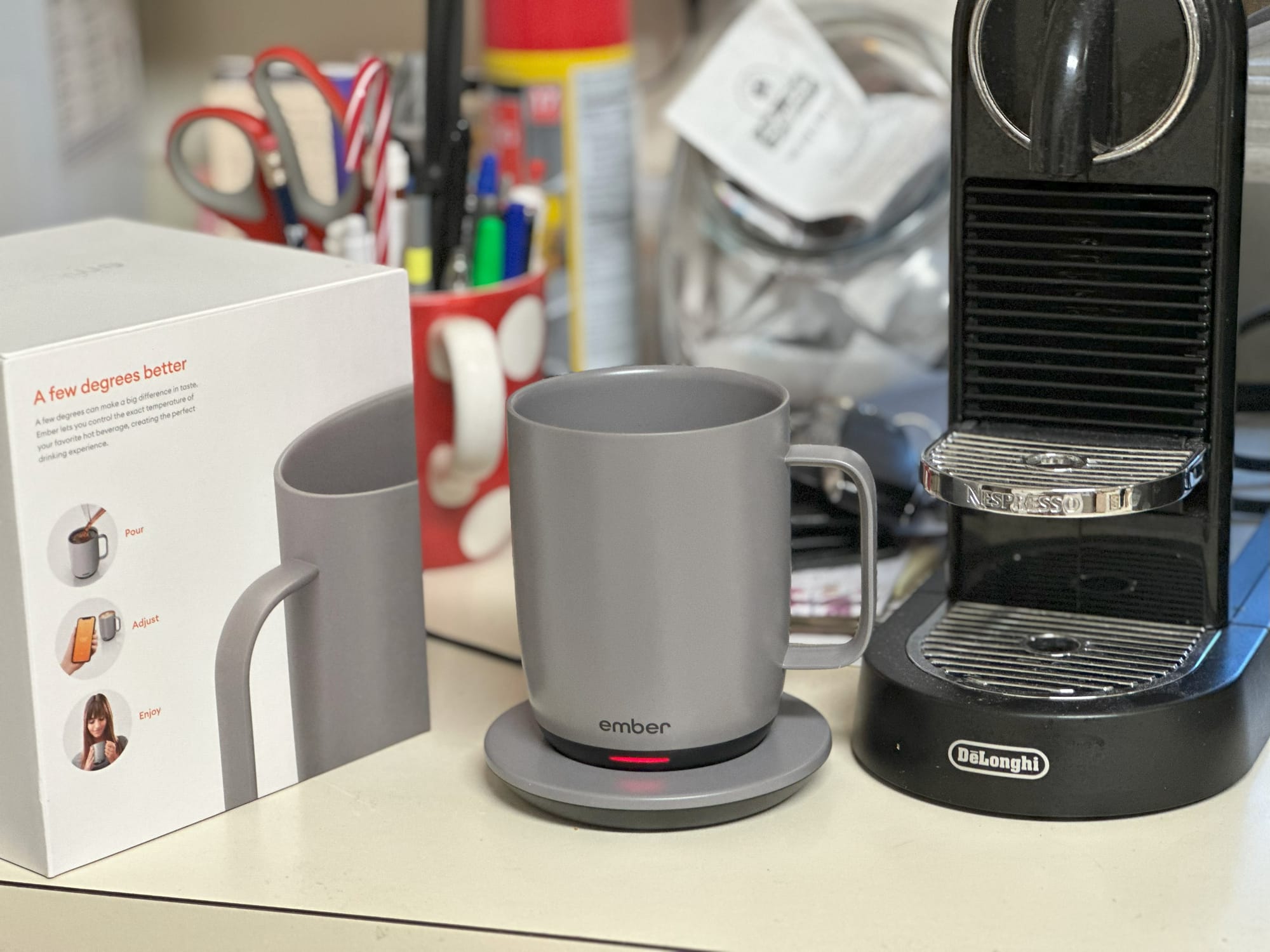3 books taught me about money as energy, art, and legacy.
“Three books, three philosophies—money as energy, systems, and memories.”

I grew up in a lower-middle-class family in New Delhi. We never owned a car. Our tiny one-bedroom flat was crowded with love but not with luxuries. Eating out in restaurants was so rare that I could count the times on my hands—usually when well-off cousins treated us. Once, they even took us to the circus, which felt magical precisely because it was so unusual. My parents sacrificed daily, choosing education over comforts, and that single choice changed the trajectory of my siblings’ and my lives.
That upbringing stitched frugality into me. Even today, I still buy most of my books used on eBay or Abe’s Books for just a few dollars. The habit isn’t just about thrift—it’s about joy in finding value. Yet my relationship with money has evolved. Decades of maxing out 401(k) contributions, living simply, and—truthfully—being fortunate enough to invest early in Amazon and Nvidia have left me comfortably well off. That combination of discipline and luck means I can now spend more intentionally, directing money toward what feels meaningful. These days, that often means supporting artists and creators whose work enriches my life and adds beauty to the world.
Three books map this journey remarkably well: Your Money or Your Life by Vicki Robin and Joe Dominguez, Ramit Sethi’s I Will Teach You to Be Rich, and Bill Perkins’ Die With Zero.
Your Money or Your Life
First published in 1992, it feels dated in 2025—the dollar amounts they cite are laughably low in today’s inflationary world. But the wisdom is timeless. Robin and Dominguez remind us:
“Money is something we choose to trade our life energy for.”
That single line reframes every purchase. One of their most powerful exercises is calculating your “real hourly wage” after subtracting commuting, work-related expenses, and recovery time from stress. The truth can be sobering.
The book also warns against mindless accumulation—what they call “gazinga pins.” I see proof of this every week in my town’s Buy Nothing group, where people freely give away appliances, high-end shoes, or furniture that once seemed essential.



In affluent societies, clutter piles up until the relief comes not from owning but letting go.
I Will Teach You to Be Rich
Where Your Money or Your Life can feel austere, Ramit Sethi’s approach is practical and modern. He emphasizes building systems: automate your savings, automate your investments, eliminate debt, and then give yourself permission to splurge guilt-free on what you love. His voice is blunt but freeing:
“Spend extravagantly on the things you love, and cut costs mercilessly on the things you don’t.”
Ramit’s philosophy reminds us that money should enable joy, not guilt. These days, I’ve lived that balance. A recent splurge was a well-reviewed coffee mug that keeps coffee warm for hours.

Die With Zero
Bill Perkins takes the conversation further by insisting that money hoarded too long is money wasted. He challenges us:
“The business of life is the acquisition of memories. In the end, that’s all we really have.”
Time, energy, and relationships all have their seasons. A vacation at 40 is not the same as a vacation at 70. His message is to convert money into experiences now, while you still have the health and loved ones to enjoy them.
A Full Circle
Together, these books offer a philosophy for life:
- Your Money or Your Life → Be conscious. Money is life energy.
- I Will Teach You to Be Rich → Build systems. Save automatically, then spend where it matters.
- Die With Zero → Don’t wait too long. Use money to create memories before time runs out.
For me, the circle feels complete. From childhood scarcity to years of disciplined saving and unexpected investment luck to now finding purpose in creating art and supporting artists and creators, I’ve come to see money not as the goal but as a tool—a tool for alignment, beauty, and contribution.
Because the size of your balance sheet doesn’t measure the richest life, it’s measured by how fully you’ve lived, what you’ve created, and how much you’ve helped others create along the way. My parents once invested in me through sacrifice; today, I try to pass that investment forward—supporting those whose art and creativity will light the way for others.

